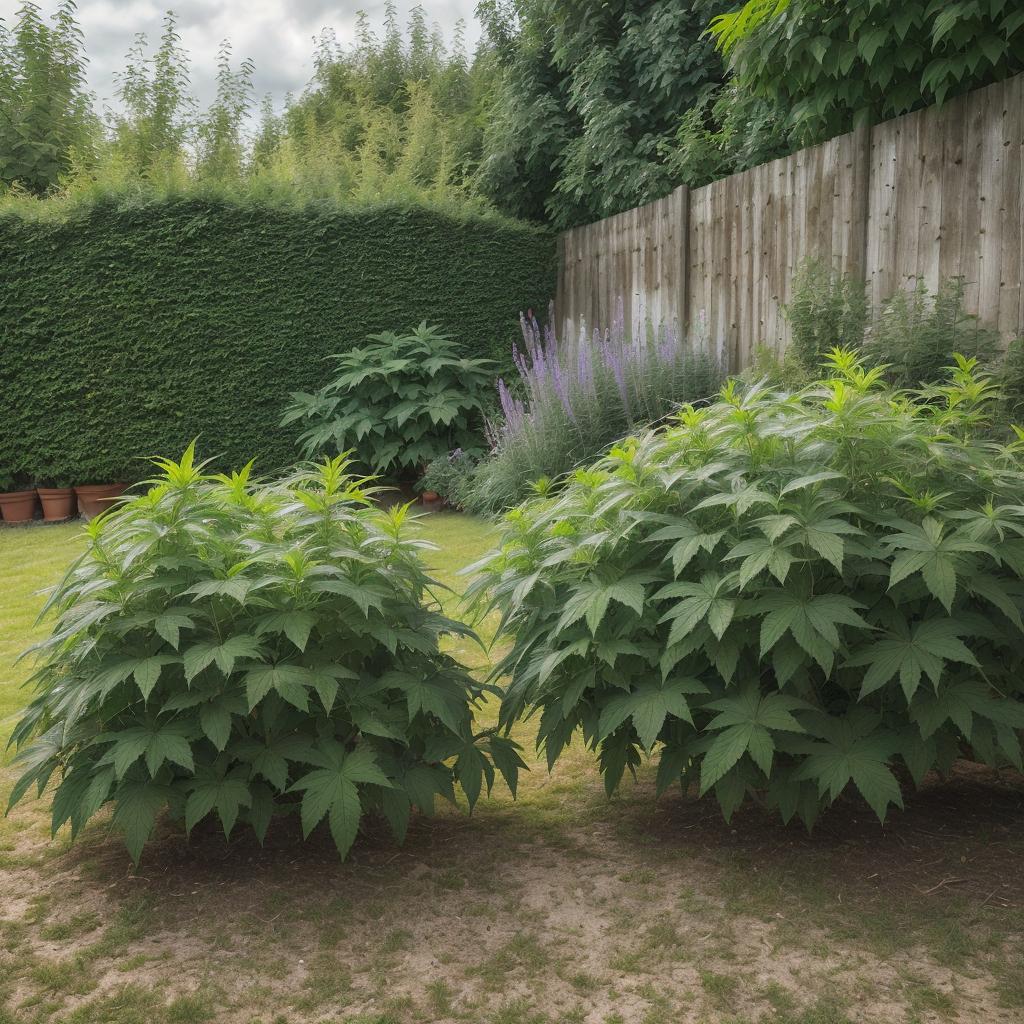Maintaining a lush and vibrant garden requires more than just planting the right flowers and vegetables. Dealing with weeds is an inevitable part of gardening, and mastering effective strategies to keep them at bay is essential. In this comprehensive guide, we will delve into practical, eco-friendly techniques to achieve a weed-free garden paradise.
Understanding the Enemy: Types of Weeds
Before diving into the strategies, it’s crucial to identify the common types of weeds that may invade your garden. Weeds can be broadly categorized into three types:
1. Annual Weeds
Annual weeds complete their life cycle within a year, germinating, flowering, and producing seeds all in one season. Examples include chickweed and crabgrass.
2. Perennial Weeds
Perennial weeds persist from year to year, regenerating from their roots or seeds. Common examples are dandelions and bindweed.
3. Biennial Weeds
Biennial weeds have a two-year life cycle, usually germinating and forming a rosette of leaves in the first year, then flowering and setting seeds in the second year. Examples include garlic mustard and mullein.
Cultivate a Healthy Soil
Soil Health and Weed Suppression
The foundation of a weed-free garden starts with healthy soil. Nutrient-rich soil promotes robust plant growth, making it difficult for weeds to establish themselves. Consider these soil improvement strategies:
1. Mulching for Weed Control
Mulching not only conserves soil moisture but also acts as a barrier against weed growth. Use organic mulches like straw or wood chips to suppress weeds effectively.

2. Composting for Nutrient-Rich Soil
Regularly adding compost to your garden enriches the soil with essential nutrients, giving your plants a competitive advantage over weeds.
Strategic Planting
Companion Planting for Weed Management
1. Companion Planting Basics
Strategically planting certain crops together can create an environment that deters weeds. For example, planting basil alongside tomatoes can help control weeds and enhance tomato flavor.
2. Cover Crops for Weed Suppression
Cover crops, such as clover or buckwheat, can be sown between main crops to suppress weed growth. These plants act as a living mulch, preventing weeds from taking root.
Mechanical Control
Hands-On Approaches to Weed Removal
1. Hand Weeding Techniques
Regularly inspect your garden and manually remove weeds, ensuring you get the entire root to prevent regrowth. This hands-on approach is effective for small gardens.
2. Use of Garden Tools
Tools like hoes and hand cultivators are excellent for cutting down weeds just below the soil surface. Be cautious not to disturb your desirable plants.
Biological Control
Harnessing Nature’s Warriors
1. Beneficial Insects
Introduce natural predators like ladybugs and lacewings that feed on weed seeds and harmful insects. These insects contribute to a balanced ecosystem.
2. Goats for Weed Management
For larger spaces, consider employing goats to graze on weeds. Goats are voracious eaters and can significantly reduce weed populations without harming other plants.
Chemical-Free Herbicides
Natural Solutions for Weed Control
1. Vinegar and Salt Solution
A mixture of vinegar and salt can be a potent, natural herbicide. Be cautious with application, as it can affect surrounding plants.
2. Boiling Water
Pouring boiling water on weeds can be an effective, chemical-free method for small-scale weed control. Exercise caution to avoid splashing on desirable plants.
FAQs
1. How often should I mulch my garden for weed control?
Mulch should be replenished every 2-3 months, or as needed. Thicker mulch layers provide better weed suppression.
2. Is companion planting suitable for all types of crops?
Yes, companion planting can be adapted for various crops. However, it’s essential to consider the specific needs and interactions between different plant species.
3. Can I use chemical-free herbicides in my vegetable garden?
Yes, natural herbicides like vinegar and salt solutions are safe for vegetable gardens when used carefully. However, always consider alternative methods first to minimize any potential harm.
4. How do I attract beneficial insects to my garden?
Planting a diverse range of flowers, especially those with small, clustered blooms, can attract beneficial insects. Avoid using chemical pesticides that may harm these helpful creatures.
Conclusion
Achieving a weed-free garden requires a holistic approach, combining soil health, strategic planting, mechanical control, biological intervention, and chemical-free herbicides. By implementing these effective strategies, you’ll be well on your way to cultivating a thriving garden space that is not only visually appealing but also resilient against invasive weeds. Embrace the wisdom of weed management to enjoy the full potential of your green oasis.
Remember, consistency is key. Regular maintenance and proactive measures will ensure that your garden remains a haven for your desired plants, free from the clutches of persistent weeds. Happy gardening!